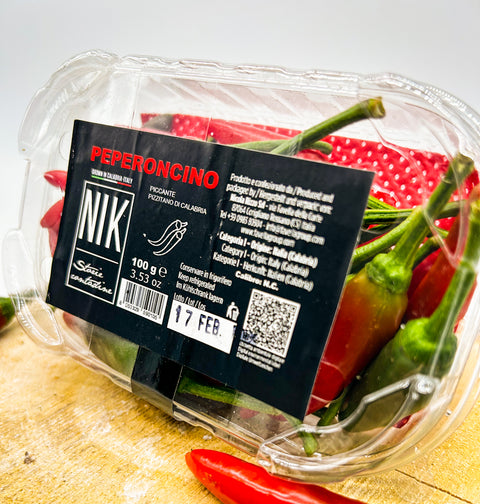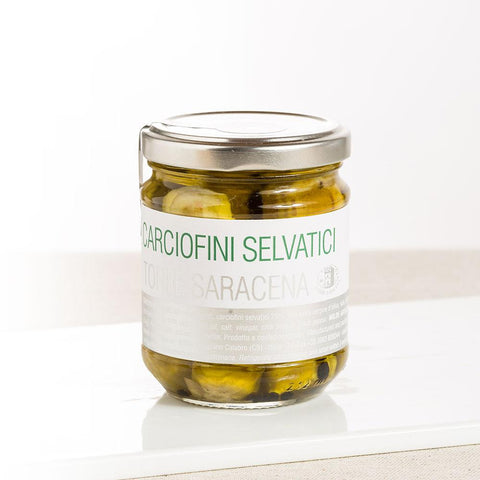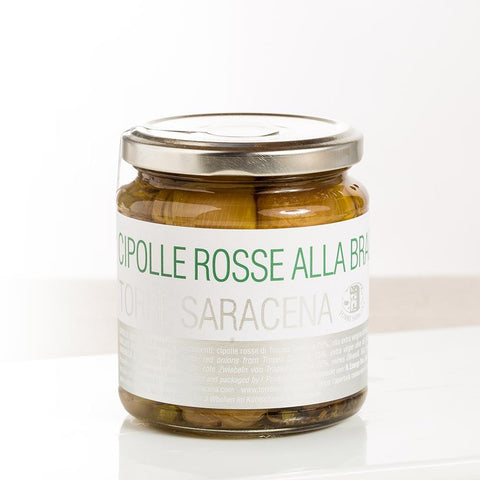When we find ourselves in front of a carton of eggs at the supermarket, we can notice a series of numbers printed on the shell or on the package , it is an alphanumeric code that we can call in a non-technical way "label". These numbers are not random: they represent valuable information on the method of breeding the chickens. But what exactly does the first number of this code mean? Let's start with a brief explanation.
The first number on the "egg label" indicates the breeding method of the hens that produced them. Here is a quick guide:
- 0: Eggs from organically raised hens
- 1: Eggs from free-range hens
- 2: Eggs from free-range hens
- 3: Eggs from caged hens
But why then, if our chickens scratch freely on the ground, does the first number on our Nu'ovo eggs show the number 2 ? The answer is linked to the safety of our chickens.
Simple, our hens, even though they are free to roam outside for a good part of the day, are brought indoors at night and in case of bad weather . This practice aims to ensure their safety and well-being , minimising risks during adverse weather conditions and other eventualities that may occur on a farm.
From a regulatory point of view, even though our hens spend most of their time outdoors, the classification of the first number of the label is 2. However, it is important to emphasize that our hens enjoy a safe and spacious outdoor environment in the beautiful Sibari plain . Numerous photos and videos testify to their freedom of movement and their happiness.
Although the numbers might suggest otherwise, we can guarantee that our hens live happy and healthy lives , with the opportunity to explore and enjoy their surroundings in the true tradition of free-range roaming. This balance between freedom and security is essential for the well-being of our hens and to guarantee the superior quality of our eggs.




Continuing to read the "egg label", we move on to the next two letters (the second and third respectively) which indicate the country of origin , such as IT for Italy. The three central numbers represent the ISTAT code of the municipality of production , the next two letters indicate the province of production and the final three letters specifically identify the name of the farm .
The next line indicates the expiry date , with ENTRO or sometimes abbreviated with ENT. In some cases, instead of ENTRO, DEP is used to indicate the day the egg was laid , and the consumer must be careful to consume the product within the normal spoilage time of the eggs themselves.




















Comments (0)
There are no comments for this article. Be the first one to leave a message!